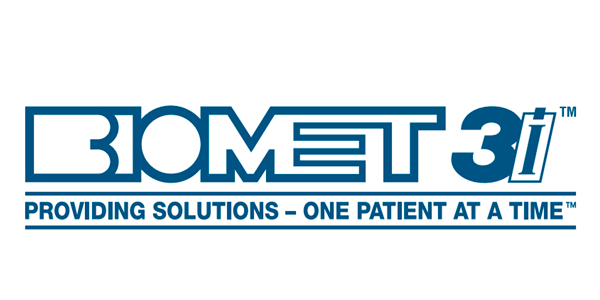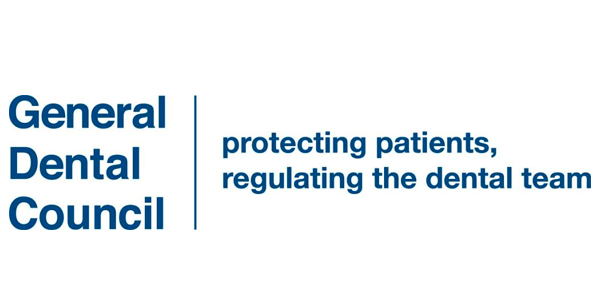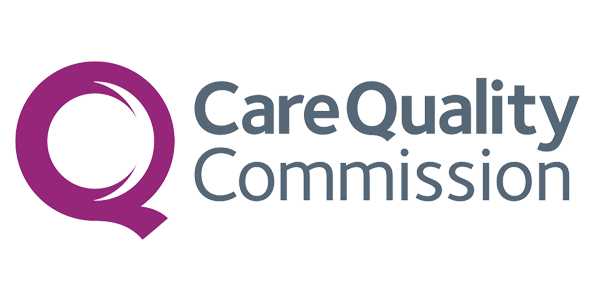What is orthodontics?
Orthodontic treatment is a way of straightening or moving teeth to improve the smile and the way they work. Orthodontic treatment can also improve the long-term health of the teeth, gums and jaw joints.
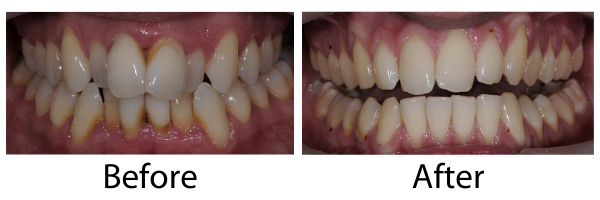
What does it involve?
Treatment involves wearing a brace or orthodontic appliances, which come in stainless steel, tooth coloured and lingual braces, which are “invisible”. There are also removable braces, functional braces (twin blocks) and clear removable aligners.
Extractions/Elastics?
Orthodontic treatment may involve extractions to create space if the teeth are crowded or if they stick out. We only request extractions if there is no alternative. Sometimes patients need to wear elastics to correct the bite, and sometimes we may ask you to wear elastics instead of extractions. If you do not wear your elastics, we may have to resort to extractions instead.
Small elastic bands are used to adjust bite position. They are worn inside the mouth, during the day and also at night. They are connected to the brackets with hooks, often connecting the top tooth bracket with the bottom tooth bracket to help adjust the position of the teeth in the mouth and the position of the jaw. They are used to ensure that your teeth will line up properly.
These must be removed during meals as well as when cleaning teeth and orthodontic brackets. In addition, they are typically replaced daily because of the wear they endure.
Retainers
After the brace is finished, you will be given retainers to keep the teeth straight. The retainers will be either bonded onto your teeth on the inside so as not to be seen, or they will be removable and worn only at night time. Without retainers, the teeth will move back. You will need to wear retainers permanently for the best chance of maintaining your smile. A cost may be incurred for replacement of lost or damaged retainers.
Duration
Braces are usually worn for 3-12 months, this could be more, depends on the severity of your case.
Visits
Visits are usually arranged every 4-8 weeks depending on the type of brace you have. We are open 8am – 8pm Monday – Thursday, Friday 8am – 3pm and 9am – 3pm on Saturday so you should be able to find a time that is convenient for you should you not wish to miss time off work/school.
Risks
There is a small risk of damage to the roots and the vitality of the teeth as a result of orthodontic tooth movement. The risks are small but worth considering. For this reason, we would not recommend treatment where the dental irregularity is minimal. The benefits of treatment have to outweigh the risks. If you have any concerns, please discuss this with us.
Tooth brushing and diet
Your tooth brushing should be excellent and fizzy drinks and sweets must be kept to an absolute minimum. Patient who don’t brush can end up with decay or white/brown marks on their front teeth after treatment, as a result of plaque accumulation and sugar in the diet. Hard crunchy foods should be avoided as well as bubble gum and chewy sweets such as toffee etc.
Cleaning with an oral irrigator
We highly recommend the use of an oral irrigator. The irrigator shoots water through the bracket slot and through mechanics of the door rails. In this way all plaque and food debris will be “blown”out. We will supply one free charge as part of your treatment, it’s like power washing your brace.
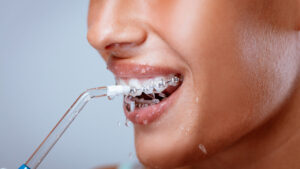
Commitment
Wearing a brace is a big commitment. You should be aware of the input required to complete orthodontic treatment successfully. If you cannot commit, you really shouldn’t start.
Visiting the Practice
First Visit
This first visit is usually very easy. This is an opportunity for you to tell us what you do not like about your teeth. From our point of view, what we need to know is: do you need a brace and are you ready to begin brace treatment? At this stage we can give you a very general overview of what treatment will entail and we can discuss how we can help.
Ready?
If you are ready to begin treatment, we will arrange an appointment to come back to take records and discuss treatment in more detail.
Second Visit
If you are ready, the second visit is arrange for a new patient exam and to have a 3D scan with our Trios Scanning Machine. We will also take photos, any necessary radiographs and get your forms signed. At this point we will give you a written estimate of costs and book your appointment to have the braces fitted.
Payment
Once your full exam has been carried out, you are welcome to have a chat with our Reception Team to discuss how to finance your treatment and what options are available.
Adult Orthodontics
More and more adults are seeking orthodontic treatment, especially with the aesthetic brace options that are now available. Perhaps you were not offered braces in your teens or your teeth have moved recently or you have decided that this is the right time to go ahead.
Clear Aligners
At Ewan Bramley we make our own Clear Aligners in house with the help of our amazing technology we have invested in – including the Trios Scanner, which negates any requirement for impressions – is quick and accurate – and also allows us to show you what your teeth will look like before we even begin the treatment.
Aligners are very clever and look great. You will be given a series of clear aligners which will move your teeth in stages towards their ideal alignment. They have to be worn full time but can be removed for brushing and eating, leaving you in complete control. They work best where there is mild to moderate dental irregularity.
Our Clear Aligner system is a popular form of orthodontic treatment designed to straighten teeth relatively simply and in small increments. Usually, a number of aligners will be required to achieve your ideal smile. The number necessary is reliant upon the complexity of your case, straightforward cases can be completed with only two or three aligners but can range from 1 to 20 aligners.
Clear Aligners are almost invisible, thin and very easy to wear, an attractive alternative to wired braces.
Once you and your dentist have discussed treatment with Clear Aligners, 3D scans will be taken with our state of the art Trios machine and then a sequence of plastic aligners is produced on printed models of the final alignment.
During treatment, space may also need to be created between the teeth carrying out interproximal reduction. This technique involves mechanically removing some of the outer tooth surface, called enamel. We will inform you before treatment if expansion or IPR are necessary.
Each aligner should be worn for approximately 7 – 14 days and for a minimum of 20 hours per day, but we will instruct you on that. After this period the aligner should become loose, at which point it will be time for the next aligner. Our Clear Aligners are sequentially numbered so you and we will know which aligner in the package needs to be fitted next.
Treatment with Clear Aligners has proven to be very successful but with every form of orthodontics there are certain risk involved, which need to be seriously considered before undertaking treatment.
The main risks are as follows:
- A lack of compliancy, poor oral hygiene, and missed appointments lengthen treatment time. Regular check-ups are required and instructions need to be followed perfectly. If appointments are not attended, completion may be delayed and successful treatment is not guaranteed. A compliant patient is the most important element of a successful treatment.
- When wearing the first clear aligner some discomfort may be experienced. This should pass after the first few days. Speech may be affected for the first few days as well, again, this should pass.
- Teeth and jaw structure naturally change throughout our lives. Only retainers will minimise further movement of the teeth, which are usually required on a long-term basis. Failure to comply with wearing the retainer after treatment as directed could result in tooth movement; sometimes back to their original position (relapse).
- Root resorption is a breakdown of the root structure of the tooth and in very rare cases a tooth can lose vitality (‘die’). Root resorption is a very rare side effect of Clear Aligners but can potentially occur.
- Attachments may be necessary during treatment, these should bot be uncomfortable and should assist in tooth movement.
- Each aligner must be worn full time, and only removed when eating, drinking or brushing teeth. Tooth decay is possible if the patient is not careful when consuming sugary food and drinks whilst wearing Clear Aligners.
- The likelihood of a Clear Aligner breaking is minimal; however, if a patient is missing multiple teeth there is a higher risk of aligner breakage.
- Please be aware that should you decide at any stage during your clear aligner treatment, once the treatment has begun, that you are unable to tolerate wearing the aligners, you will still be liable for part or full costs incurred depending on what stage your treatment is at and at the discretion of your dentist. Transfer to fixed braces or any other appliances will mean additional costs.
Aesthetic Braces
We use the most high-tech, next generation orthodontic appliance available on the market. They are small, transparent, fully adjustable, easy to fit and easy to remove. They work quickly, and effectively.
These consist of brackets and tubes temporarily bonded onto each tooth. Each tooth is linked by a flexible wire, which is held in place by a sliding door. The wires exert gentle pressure to move each tooth into a new position.
Procedure
The teeth are first polished, dried and then primed. The brackets are bonded using dental resin and set in place with a blue light. The procedure usually takes no more than 45 minutes and is completely pain free.
Afterwards
Later than night and for a the next three to five days, the teeth are likely to be tender. We usually recommend mild painkillers such as paracetamol or ibuprofen, if it is safe to do so.
Adjustment Visits
Adjustment visits are usually scheduled 4 – 6 weeks apart, depending on what is being done. At each adjust visit, the brace may be tightened and progress monitored.
Wax/Putty
Ocassionally the wire or brackets rub on the inside of the cheeks and can cause ulceration. We can provide a soft vegetable wax, which you can soften and place over the sharp part of the brace. The cheeks usually get used to the brace and the irritation will settle within five to ten days. If not, please let us know and we may arrange an emergency visit to see if we can do anything to help.
Breakages
If you break a brace, treatment may be delayed so please contact us as soon as you can to have it repaired. Breakages will slow down your treatment and will mean you have to make extra visits. The brace is delicate, the wires are fragile and the brackets are only lightly bonded onto the tooth surface One breakage can add a week to your overall treatment time. Please avoid hard sweets, chewing gum, chocolate bars, biscuits, crisps, crusty bread, raw carrots, apples, anything that is difficult to bite are hard in texture. Please also avoid chewing pencils, pen tops and water bottles with pull out stoppers.
Repairs
Repairs are usually carried out at a separate appointment. We may not be able to carry out any repairs at your routine appointment due to lack of time. Please notify us of any breakages as soon as possibly so that a repair appointment can be arranged to fix the brace or relieve any discomfort. Please phone us on 0191 259 6506 should you need to notify us of any breakages.
Tooth Brushing
You will have to brush your teeth at least twice a day with a fluoride toothpaste. The night brush before you go to bed must be particularly thorough and should last for four minutes with each tooth surface receiving at least four seconds of scrub time. Please pay particular attention to gum line as this is where the plaque collects. Gum disease and tooth decay will also start in this area. Red gums that bleed easily are a sign of gum disease and will need extra brushing to restore the gums to health.
If you have a removable brace, always remove it when eating or drinking.
We recommend that you use interdental brushes available from reception. These are designed for precise cleaning under the wires and between the teeth: Failure to keep your teeth clean will lead to permanent damage to the teeth. Failure to keep the brace clean will lead to permanent damage to your teeth.
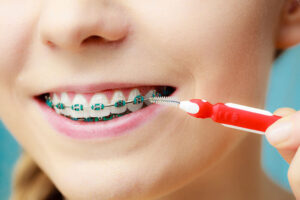
Duration
Treatment usually takes between 3 – 12 months but varies according to how severe your case is. Failed and cancelled appointments or breakages will prolong treatment.
Elastics
It may be necessary for you to wear elastics at some stage of the treatment. You may be asked to wear them full time including eating or just at night time but will depend on what has to be corrected. For the quickest and best results, follow the dentist’s instructions carefully.
Contact Sports
If you play a contact sport such as Rugby or Hockey, it is strongly recommended that you purchase a re-moldable gum shield from a good sports shop or we can order them for you at the practice.
Interproximal reduction
If your dentist is thinking about carrying out interproximal reduction (IPR), also known as interdental enamel reduction, slenderising, stripping, selective enamel reduction and enamel reproximation you will need to know about the benefits and risks of the procedure.
Interproximal reduction is the mechanical removal of some of the outer tooth surface called enamel, between the teeth. It is possible to reduce the width of certain teeth by up to 1/2 mm. The space created by interproximal reduction can then be used to straighten your teeth.
You would require IPR if your dentist needs to gain enough space in order to straighten your teeth and improve your bite. If the space required is small, then it can be achieved by IPR of several teeth. This could avoid the need for extracting teeth. It can also be done to reshape the teeth.
For this procedure the enamel is removed by using one of the following:
- A fine dental bur
- A disc in a dental hand piece
- Or by hand with an abrasive strip
Interproximal reduction only takes a few minutes and can be done in a single visit or over several visits.
As enamel is the material that makes up the outer shell of our teeth and does not contain any nerves no discomfort is felt during the procedure. As only a thin layer of enamel is removed no anesthetic is required. You may however feel a strange pulling/pushing pressure during the procedure.
Your dentist will only remove the minimum amount of enamel required to get your teeth straight. Each tooth will be left enough enamel to continue to remain healthy and sound. Studies have shown that decay rates of teeth that have had interproximal reductions are no higher than normal teeth.
Some patients may experience temporary sensitivity to hot or cold but this will return to normal within a few days.
The procedure doesn’t make your teeth more at risk to gum disease. It is very important for you to keep your teeth more at risk to gum disease. It is very important for you to keep your teeth and gums clean and healthy throughout your brace treatment.
Plaque can sometimes collect more readily on teeth that have undergone interproximal reduction if the tooth surface is not smooth and polished correctly.
Retainers
As soon as the brace is removed, retainers are fitted. Without retainers the teeth will return back to their original positions, undoing all of the effort and good work. We normally recommend retainers for life as unwanted tooth movement can occur long after you have had your brace removed.
Removable retainers
Once your braces have been removed you will be given a temporary retainer, then we will take a scan with the Trios Scanner and 2 weeks later you will be fitted with your final retainer.
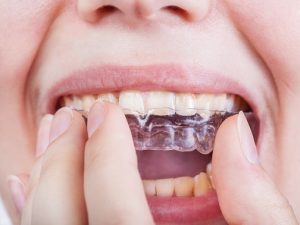
Regime
Initially when fitted, they will feel quite tight. This is quite normal and is due to the teeth moving after the brace is removed. The retainer will position the teeth back to where they were on the day the brace was removed. After one to two days, they will fit much more comfortably.
The retainer should be worn full time for the first two days. It should only be removed for eating and brushing.
After the first two days they should be worn for 10 hours every evening and night from 9pm until 7am. It is your responsibility to arrange checkups if you are worried that the retainer is not fitting correctly or you think anything needs adjusting. Over the year, it should be possible to gradually reduce the number of hours and days the removable retainer is worn for. Please bring your retainer with you to each visit.
Safekeeping
It should be kept in a plastic case when not being worn. It should not be wrapped in tissues, put in pockets or left where someone else or the dog might find it! If you lose it or break it, the teeth will start to move so it’s vital you let us know right away. Please phone reception ASAP if you misplace it.
Fixed or bonded retainers
Bonded retainers are discreet and effective as they are placed on the inside surface of the front teeth. Their major drawback is that they are fragile, while their major advantage is they are not removable. They are made over two visits with impressions taken on the first visit, made and fitted up to a week later. You should avoid hard foods and fizzy drinks to minimise breakages. Hygiene is paramount with fixed retainers. Please book an appointment with our hygienists if you are unsure how to keep your retainers clean.
Breakages
It can be difficult to know if the fixed retainer has broken. You may feel a shard edge or loose or moving wire.
If in doubt, it is best to arrange a checkup. Please ring us as soon as possible if you think your retainer is broken.
An appointment will be arranged as soon as possible, ideally within the week. Do not wait for your next routine appointment, as your teeth will move while the retainer is broken.



